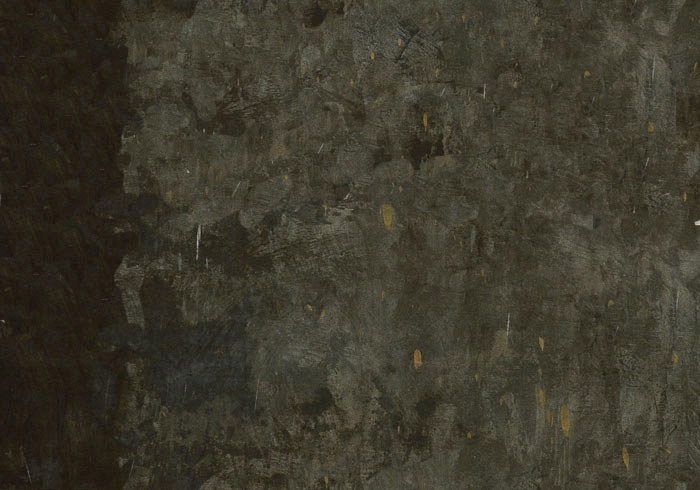At the last Special Use Permit hearing for mine exploration by Comstock Mining Inc (CMI), one of the Storey County Planning Commissioners was concerned about the proximity of planned mining by Comstock Mining Inc to Devil’s Gate. She wanted to know how Devil’s Gate is defined and delineated so that it could be protected.
Devil’s Gate is a well-known feature in the Comstock Historic District and Virginia City National Landmark, and it has its own entry on the web site of the Nevada Historic Preservation Office.
Gold Canyon Creek has cut a dramatic gate-like slot through a block of hard stone in Gold Canyon just where it becomes most constricted. This rock crops out at the foot of Hartford Hill rising steeply to 440 feet above the canyon bottom; on the east the rock makes a bench at the foot of an unnamed ridge nearly as high as Hartford Hill.
The main wagon road to Virginia City (now State Route 342) passed through Devil’s Gate, and it was the site of the first gold nugget discovered in Gold Canyon. The rocky bench on the east side was the site of a fort and wooden cannon constructed in May 1860 by the Silver City Guard to protect the Comstock during the Paiute War. Devil’s gate marks the northern boundary of Silver City town limits (the Lyon/Storey county line is a bit further to the north). There are several historic Silver City buildings within sight of Devil’s Gate.
Devil’s Gate doesn’t exist in isolation. If Hartford Hill or the eastern ridge of Gold Canyon were not there to lend it scale, it would be much less visually dramatic, and probably would have played a different role in transportation, defense, the shape and extent of Silver City and other aspects of Comstock history. Devil’s Gate is a component of the historic landscape of Silver City and lower Gold Hill, in which it is linked to other components by use, period, visual character, and so on.
A landscape is “an expanse of scenery that can be seen in a single view; for example, a desert landscape” (www.thefreedictionary.com/landscape). Google’s definition is that a landscape comprises “All the visible features of an area of countryside or land, often considered in terms of their aesthetic appeal.”
A National Historic Landmark (NHL) is a historic building, site, structure, object, or district that represents an outstanding aspect of American history and culture. There are fewer than 2,500 properties designated National Historic Landmarks. (http://www.cr.nps.gov/nhl/tutorial/About/About1.htm)
An historic landscape is defined in large part on the basis of the historic features it contains that “reveal aspects of our country's origins and development through their form … and the way they were used. (http://www.cr.nps.gov/hps/hli/).”
The qualities important in defining a rural historic landscape such as the one containing Devil’s Gate include the role of open space and vegetation, arrangement of resources, property types, cultural features and visual character. These parts contribute to the whole, and it is the whole landscape that’s important.
In general, cultural features in an historic landscape must possess both significance and integrity, and be at least 50 years old and. Cultural features possessing integrity have not been physically or visually degraded by natural processes, or by impacts of cultural processes and features less than fifty years old.
The visual character of the historic landscape around Devil’s Gate contains both natural and cultural components. Natural components are the rock, the slot in the rock, the steep slopes of the flanking ridges, and the rocky colluvium and natural vegetation covering those slopes. Cultural components include buildings and structures adjacent the rock in Silver City, the route of Highway 342, and the adits and mine waste dumps dotting the canyon slopes. All of these components are older than fifty years and together define the character of the historic landscape.
Significant disturbance to any of these components degrade the visual character of the historic landscape. Such disturbance has already had serious impacts on the historic landscape.
In 2004, the National Historic Landmarks Program assessed the condition of the Virginia City Historic District and concluded that the district was threatened, in part because,
“The cumulative effect of contemporary surface mines within the central corridor of the district has been a gradual destruction and disintegration of the historic landscape that constitutes the visual heart of the historic district.” (http://tps.cr.nps.gov/nhl/detail.cfm?ResourceId=322&ResourceType=District)
One of these mines referred to was the one in Gold Canyon just north of Devil’s Gate operated by Plum Mining, then Goldspring Inc, and now Comstock Mining Inc (CMI). Since 2004, this pit has been expanded to take a big chunk of Hartford Hill, and now encroaches on the view shed of Devil’s Gate. That is, this pit has already contributed to the destruction of the historic district, and it now degrades the visual aspect of the historic landscape around Devil’s Gate even 1416 feet away. You can see it in the upper right of the photo.
The special use permit (SUP) for mineral exploration just granted to CMI by Storey County prohibits all surface disturbance closer than 500 feet to Devil’s Gate and all disturbance closer than 1000 feet must be fully reclaimed. This will obviously keep mining exploration some distance away from Devils Gate, but will do little to protect the integrity of the already endangered historic landscape around it.
I’ll discuss this in more detail, and the strange wording of the SUP regarding Devil’s Gate, a bit later. I’ll be gone for a couple of weeks.
Cao!










